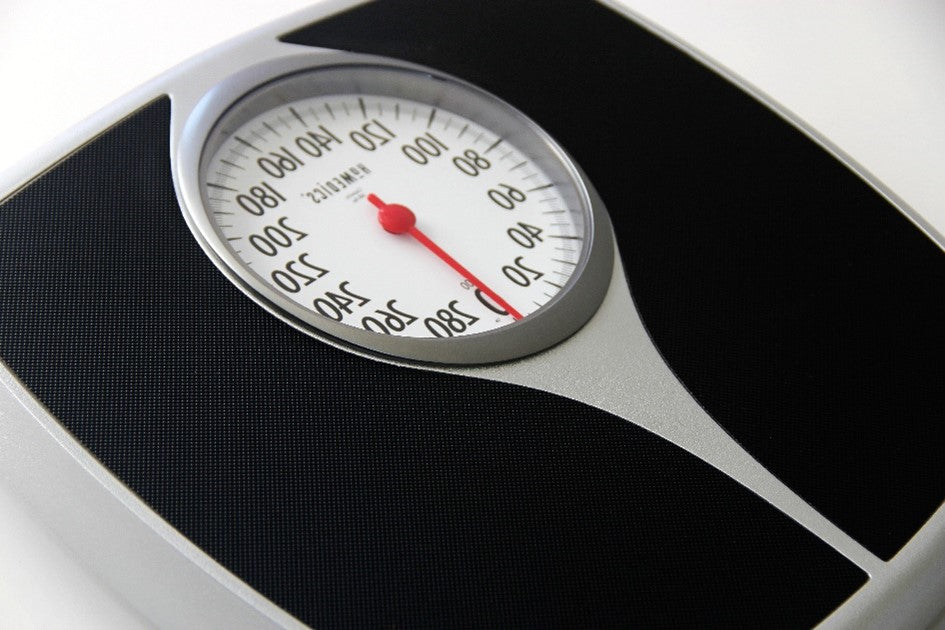
Fitness Assessments
Every one of us wants to improve our fitness in some way, shape or form. It’s announced and expressed in countless ways…” I want to get in better shape!” “I need to get my blood pressure down!” “I need to lose a few pounds!” “I want to lean up!” “I want to tone up!” “I need to get fitter!” “I want to get stronger.” “I need to get more flexible!” “I need to improve my sleep habit.” “I need to eat better / drink more water.” The statements are almost never ending but all mean the same thing – there’s something about your fitness you want to work on and improve. If you are an athlete or participate in a sport-specific activity, the statements may sound different, but they have the same goal - improvement.
I’m not a racquetball player, but I play in a racquetball league that plays matches once a week. The matches typically last about an hour and absolutely tax me (from a cardiovascular standpoint). This season I decided I wanted to improve my VO2 so I could last through 3 games - and not just survive, dominate the third (deciding) game. In order for me to know what an improved VO2 would be, I needed to know what my current VO2 max is. The only way to do that was to test it!
As the saying goes, what gets measured, gets done. Fitness assessments are essential and should be included in your training cycles on a regular basis. Even if you only do them when you start a new fitness goal (for example: once or twice a year), they are still very helpful and should be done…BEFORE YOU START THE TRAINING CYCLES…AND RE-DONE AT THE CONCLUSION OF YOUR TRAINING CYCLES so you can see your progress! Ideally, you should do a fitness assessment once every 8-12 weeks.
Fitness assessments are used to gather accurate baseline data. The results of your tests / assessments are used to set and establish realistic and attainable goals (short-, intermediate- and long-term), and more importantly they should be used to design your training cycles. Assessments help detail the appropriate intensities and volume of your workouts. They help identify your strengths & weaknesses (knowing both is important) and help assess possible areas that are at risk of injury.
You can test / assess any or all these metrics:
- Vital signs – heart rate, blood pressure (having a blood panel done by your physician can assess much more). HR and BP can be done at home at a relatively low-cost!
- Body composition – BMI (body mass index), anthropometry (heigh /weight / measurements), waist-to-hip ratio
- Cardiovascular endurance – used to estimate your VO2 By the way, the higher your VO2 max is the more efficiently your body will burn body fat for fuel…AWAY FROM EXERCISE!
- Muscular strength – you can test your absolute strength or relative strength
- Muscular endurance – the ability of your muscles to exert force for extended periods
- Flexibility – key to avoiding injury
With every assessment comes normative values that are used for comparison. Having your body composition done gives you data to compare against what’s considered heathy and/or fit. A 32-year-old female with a body fat percentage of 22% is leaner than average and in the 60th percentile of women in that age category.
If you are training on a regular basis and you’re NOT doing assessments, you’re doing your efforts a great disservice as you have no way to measure their impact. Assessments are used to measure your progress. Losing 10 lbs. of body weight doesn’t necessarily mean you’ve lost 10 lbs. of body fat. If you’ve lost 10 lbs. in total body weight, but six of those pounds were muscle mass (as determined by another body composition assessment), we know that either your lifting or your nutrition isn’t getting the job done. Since muscle mass is metabolically active 24 hours a day, losing 6 lbs. of muscle mass would result in your metabolism starting to slow down – something none of us wants. From measuring your strength to before / after transformation pictures, fitness assessments before and after your cycles will give you key insights into whether your training is achieving the results you want.
A great way to JUMP START your training is to assess your current fitness level and identify areas for improvement. Check out our collection of comprehensive cycles to learn more!
Sign up for our In The Lab newsletter to get more training tips, program offers, and a wealth of information on how to “Go Beyond Your Limits”!